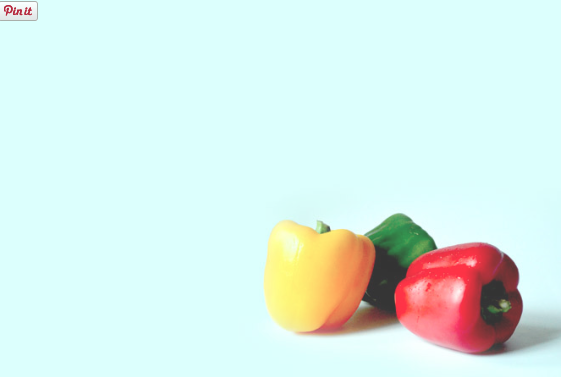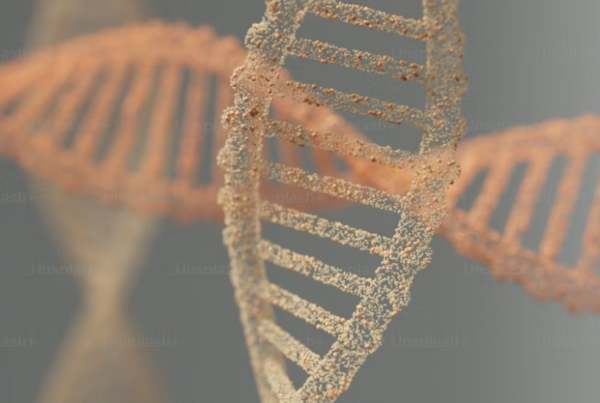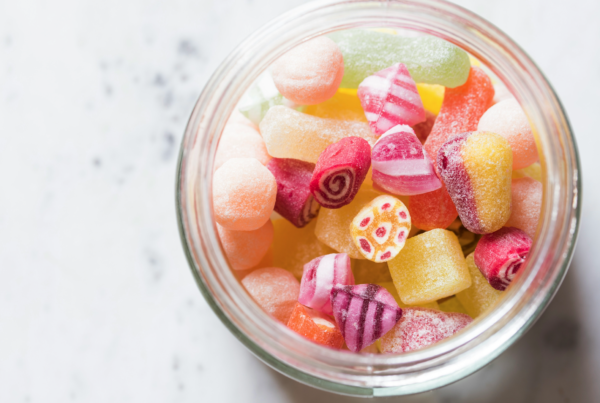Why are we recommended to live an organic life? Is this just a fad, or are there good reasons for that? And more importantly, what does organic mean? Should it just be our food, or also cosmetics, furniture, textiles and so on? Is soy good or bad? Is the organic food I buy fraudulent, controlled by the powerful so called agro-mafia? Was the organic meal in my plate flown across the planet, depleting poor local populations from nutrition? All these questions are well founded, and it’s not easy to adopt the right attitude. Here are a few personal observations.
I was raised in a family where natural products were the main ingredients: vegetables from local gardeners, dairies from our Jura mountains, home-made meals, home-made jams, water and nothing else to drink. Quite a normal thing for someone born in Europe the 60’s and raised in the countryside. I also happened to have a grandmother who was an early ecologist, like a good number of her Swiss compatriots. Anything in a can, or even in a box, would not enter her house. She was even washing the dishes with lemon juice, in an act of respect for the earth.
Later in life I discovered the convenience of processed food, and even sometimes the seductions of fast food. It’s when I was living in New York that I started to shop in organic stores, but we were still having lots of conventional meals that we ordered in for delivery to our home, like most busy New Yorkers do. The more I studied around health, the more I became convinced it was the right choice. In my current life, organic is not only the food I swallow, but also the cosmetics I put on my skin, what I use to clean the house, the materials on my floor, the paint on my walls and furniture surrounding me. It could look like an obsession, but it is simply a philosophy.
Living an organic life, when done in a honest, deeply-motivated approach, can be powerful. It is a small but significant way to change the world, a way to say no to the profit-driven corporations who pollute the planet with no regards for the consequences and the health challenges we are facing. My personal “rules” are :
- Buy your food at your local AMAP/agricultural cooperative*. This way ensures a top quality of locally grown products by small farmers who respect you and respect the earth.
- Prefer locally grown, even if conventional, to organic that has travelled the world. Green beans from South Africa, lemons from Argentina ? Not the best idea. These foods will have been picked unripe and have most likely been irradiated. Not to mention the carbon foot print and social impact involved.
- Avoid the supermarket as much as possible. In supermarkets, profit is always the main goal, before quality. The organic fruits and vegetables you find there follow regulations to the letter, so they can be grown without pesticides, but under green house conditions, on sandy soils, depleted from nutrients and minerals.
- Be consistent: if you eat organic, also use organic cosmetics and toiletries. It takes a mere eight seconds for chemical substances to be absorbed in your blood stream. On average, women in the West apply 2,5kg of chemicals per year on their skin – typically something like 168 different chemicals. Read more here.
- All the chemicals you breathe or inhale are harmful to you. Think about it when you buy perfumes (Calvin Klein, Armani, Chanel have the highest toxic load on the market), scented candles, house paint, etc. Same goes for your detergents and house cleansing products.
If you have to buy processed food, make sure it’s free of the following 10 dangerous substances :
1. High Fructose Corn Syrup (HFCS) – Found in nearly all processed food ingredients, it is mostly consumed through fruit juices, sodas, and sweet snacks. Its been referred to as poison that causes obesity and liver damage. It is completely unnatural, goes through a terrible process that leaves it riddled with heavy metals, and spikes sugar levels out of control.
2. MSG (Monosodium Glutamate)– Commonly disguised and used as a “flavor enhancer” in a wide variety of foods, it is commonly referred to or hidden in autolyzed yeast, yeast extract, hydrolyzed vegetable protein, hydrolyzed protein, smoke flavor, spices, and a number of other ingredients. It is a neurotoxin and should be avoided at all costs.
3. Aspartame (Artificial Sweeteners) – Made famous in diet sodas, this chemical sweetener is so deadly it should be considered poison. When broken down it has been said to turn into other “ingredients” such as formaldehyde and wood alcohol. Any sweetener that claims it is calorie free, aside from stevia, should never touch the human tongue. Commonly found in fat free product ingredients. Other artificial sweeteners include sucralose, Splenda, Sweet N’ Low, and AminoSweet.
4. Hydrogenated Oils (Trans Fats) – Found in a variety of snack foods and prepared foods, this ingredient comes to pass through extensive processing until it becomes 1 molecule removed from plastic (think margarine). It is extremely damaging to your cardiovascular system and needs to be cut out completely. Often found in cracker and cookie ingredients.
5. Soy Protein Isolate – Found in everything from protein bars to protein shakes, this highly undigestible, hormone disrupting, and GM (genetically modified) food is a nightmare and soy should only ever be considered in an organic, non-GMO, and fermented state.
6. Sodium Nitrite – Most often found in deli meats and hot dogs, this preservative and coloring agent is carcinogenic and a deadly toxin. Watch for it primarily in pork product ingredients.
7. White processed sugar – The one ingredient that plagues society. It is the best form of food for cancer, and wreaks havoc with blood sugar levels and candida sufferers, which leads to a wide variety of ailments.
8. Enriched flour – Ironically, enriched flour really means its been stripped of all nutrients and a couple have been added back in to “enrich” it. It has a similar effect to white processed sugar in the body, with the added complication of gluten. A mainstay in the ingredients of breads and cereals.
9. GM (Genetically Modified) Foods – GMO’s are NOT listed in food ingredients (due to recent successful lobbying by those companies who use them and did not want them labelled for consumers), but if you see corn, soy, or canola that are NOT listed as organic and non-GMO in the ingredients or on the package, they are GMO. This results in more adverse health effects, many of which are not yet fully known. Find out more here.
10. Maltodextrin – Rates highest on the glycemic scale out of all the sugars at 150 (HFCS is 87 in comparison). It’s often used as a “filler” ingredient in many products, and can be found in nearly everything from soups to seasoning ingredients.
*In Porto contact Raizes (info@raizes.org) and BioHabitus (biohabitus@gmail.com) for the best organic/local fruits and vegetables, delivered to your home and available at your local market.
Organic stores in Porto :
http://www.mercatu.pt
https://idealbio.wordpress.com
http://www.mercatu.pt






